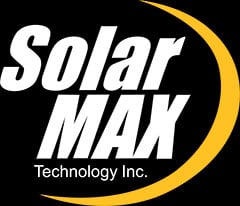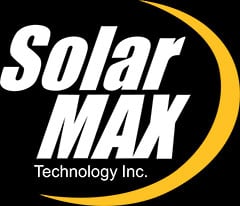While carbon recycling programs and scrubbing efforts are major considerations for cutting carbon pollution and trying to stem the damage done the environment, many states still find that investing in renewable energy and efficiency programs remains the most cost-effective strategy. According to the Natural Resources Defense Council, clean power presents not only savings, but climate and health benefits worth an estimated $55 to $93 billion by 2030. The added value of improving health and the climate drives the potential of renewables even higher, and greatly outweighs the $7 to $9 billion estimated for annual compliance.
According to Susan Casey-Lefkowitz, director of programs at the NRDC, their analyses factor in a variety of situations, from climate-related disasters to pollution-related asthma rates. The council also demonstrates how individual state efforts are helping to streamline clean energy growth.
"[The] NRDC has shown how the EPA can achieve even greater reductions for substantially the same costs as the EPA's plan, and even greater climate and health benefits in the final standards coming this summer," Casey-Lefkowitz wrote. "When the EPA finalizes those standards, each state will have the flexibility and opportunity to design a plan to cut dirty carbon pollution that best fits the needs of its people and resources."
The organization's state-by-state analyses offer clear assessment on how declining costs of solar panel installation are furthering this movement, and supporting the rising importance of clean energy production across the nation. It goes on to further recommend policies for improving plans to cut carbon emissions, such as setting standards for pollution rate reduction, increased consumer savings, reduced compliance costs, increased flexibility and reliability and avoided electricity market distortions.
For any homeowner looking to install solar energy panels, contact SolarMax Technology today.
To receive a free solar consultation, click HERE.




